Alaskan Capital Flooded By Water From Melted Glacier
Residents of the capital city of Alaska, Juneau, are currently facing an alarming climate change-related disaster. Thousands of people were forced to seek shelter after the Mendenhall glacier melted this week.
The event has already caused significant property damage. Thankfully, no injuries or deaths have been reported due to the flooding. However, the glacier melt raises alarm bells for coastal cities around the globe.
Emergency Response
After the flood waters began to rise, emergency personnel jumped into action.
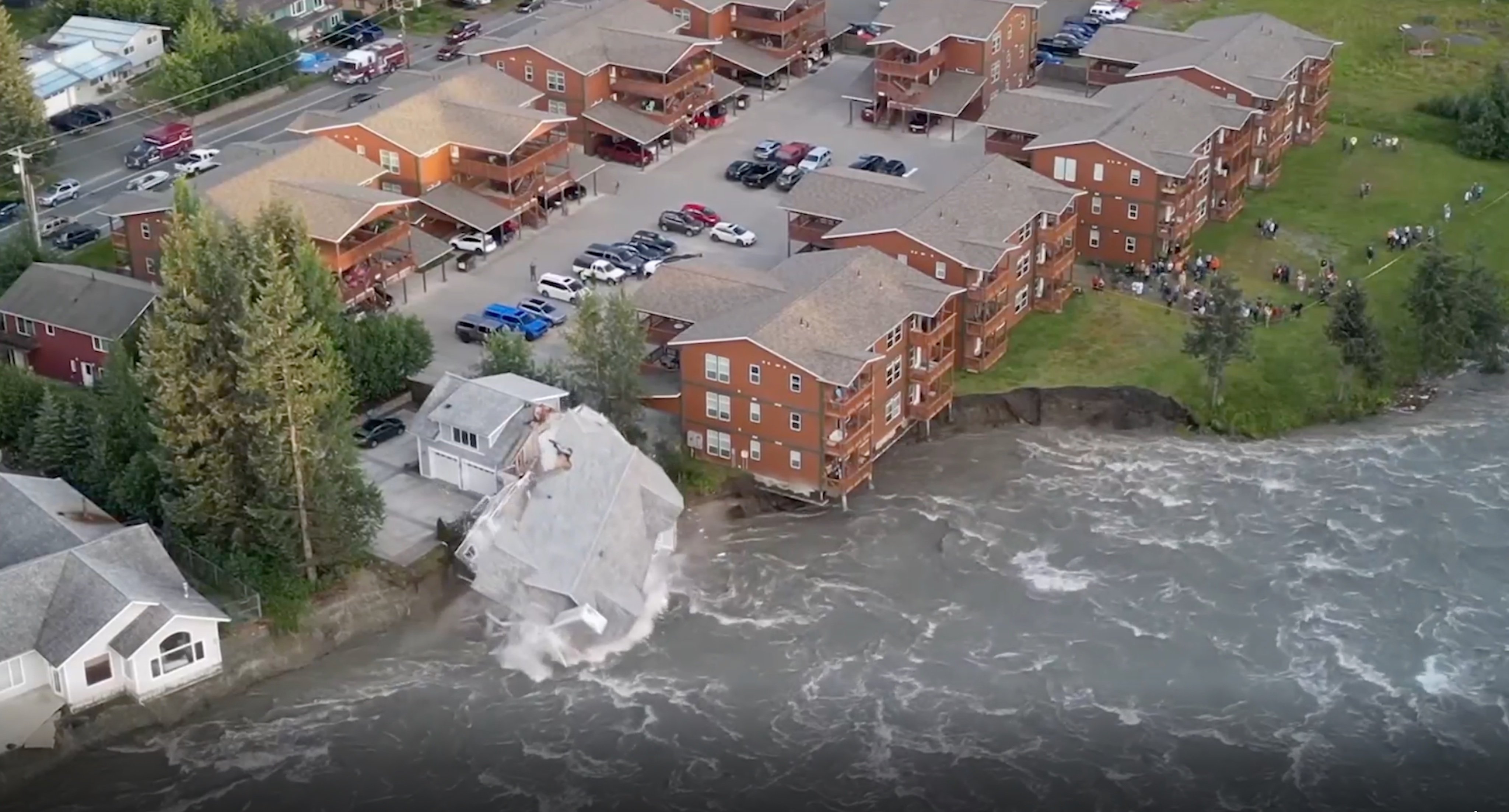
Source: @mattalltradesb/X
A local shelter for residents was constructed overnight to house thousands of residents who were forcibly removed from hundreds of homes damaged in the flood.
Melt Water From the Glacier
City officials explain: “Water flowing over the dam created by the glacier has to go somewhere—in this case, Mendenhall Lake and Mendenhall River.”
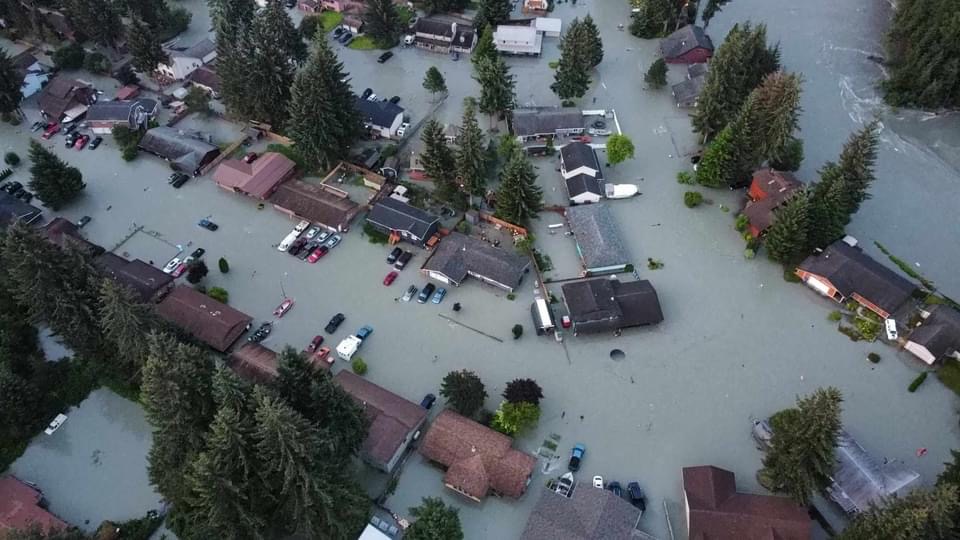
Source: @GovDunleavy/X
The flood was likened to water overflowing from a bathtub.
Too Much Water in the Lake
The ‘unprecedented’ water levels have caused the Mendenhall River to flood, either damaging or severely impacting nearly 100 homes in the valley.
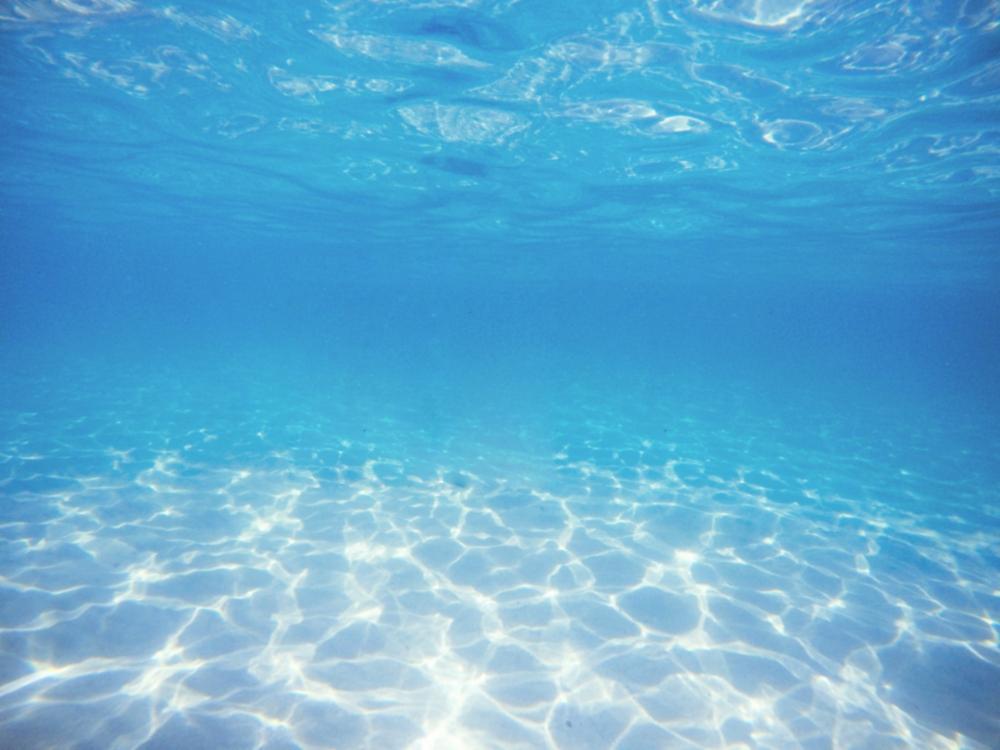
Source: Freepik
This disaster struck nearly a year after the capital city experienced a similar catastrophe that saw at least two homes collapse into the river. Mass evacuations followed shortly after.
How the Flooding Happened
After a smaller glacier near the Mendenhall Glacier retreated, rainwater and snowmelt filled the basin it left behind, causing flooding in Juneau.
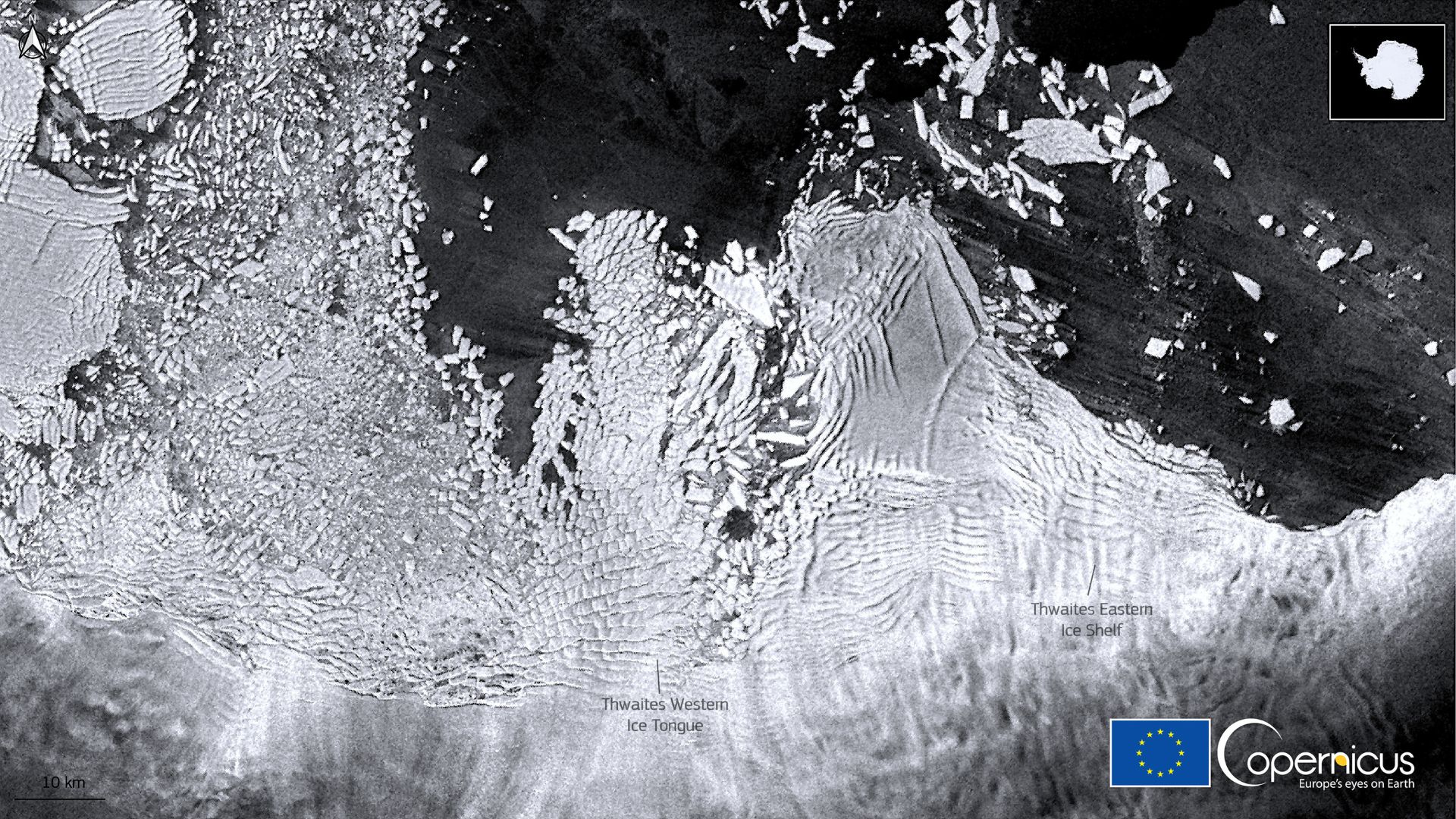
Source: Contains modified Copernicus Sentinel data 2021/Wikimedia Commons
City officials reported that an unusually wet July caused the lake at the basin to form, fill to the brim, and overflow.
The Pressure in the Lake
When the water in Suicide Basin created enough pressure, it forced it to be under or around the ice dam formed by the Mendenhall Glacier.

Source: Chris F/Pexels
Eventually, the water did this, flowing into Mendenhall Lake and eventually into the Mendenhall River.
Overflow Was Inevitable
According to the National Weather Service, all that release of water caused the Mendenhall River to skyrocket to a record-breaking 15.99 feet on Tuesday morning, a foot higher than what it was during last year’s deluge.
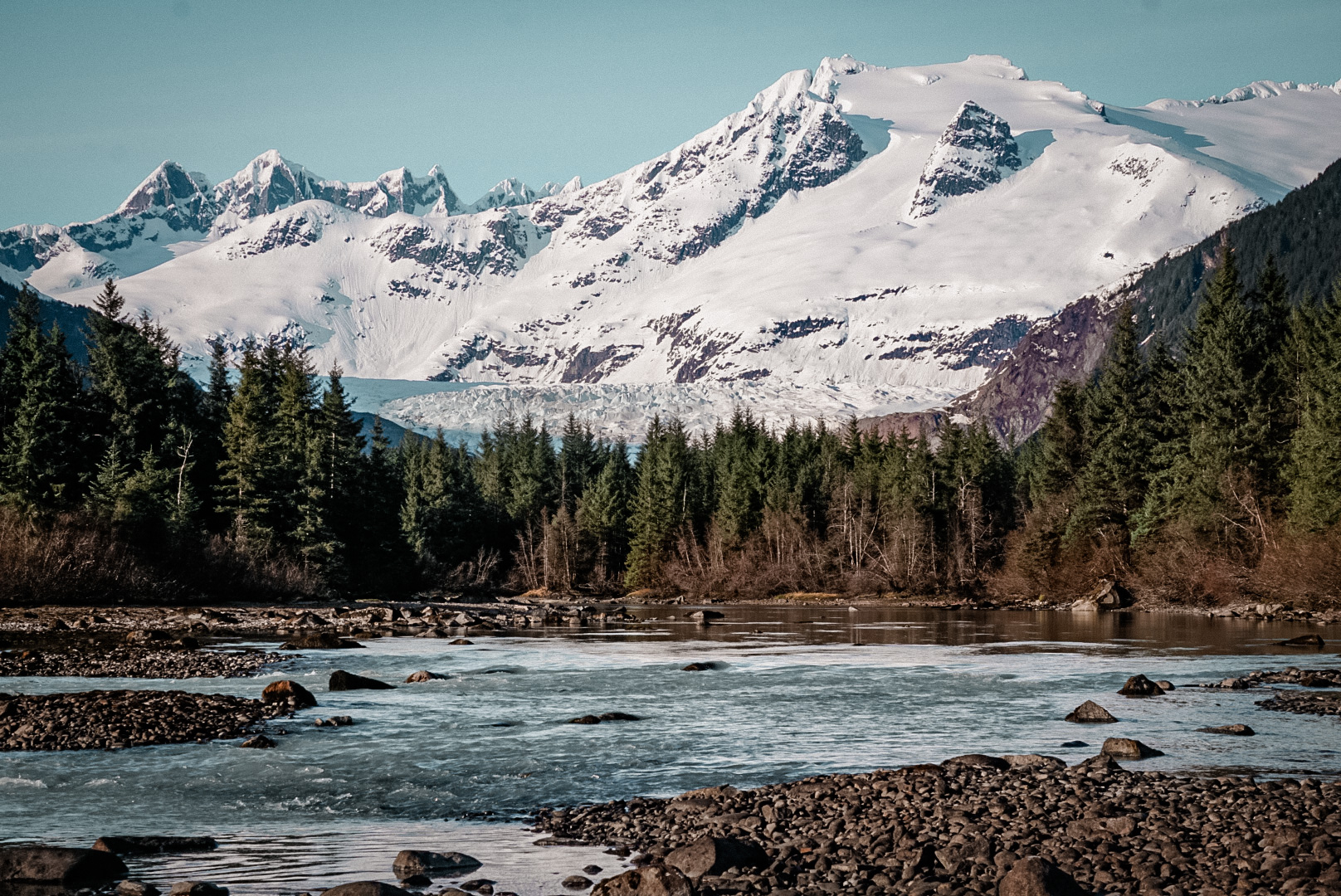
Source: Forest Service Alaska Region/Wikimedia Commons
However, the city’s Deputy City Manager Robert Barr said that there was “a lot more water in the valley, on the streets, in people’s homes.”
Sharing Photos of the Devastation
Alaska’s emergency management agency shared photos on Facebook of the home engulfed by murky water that rose high enough to submerge vehicle hoods.
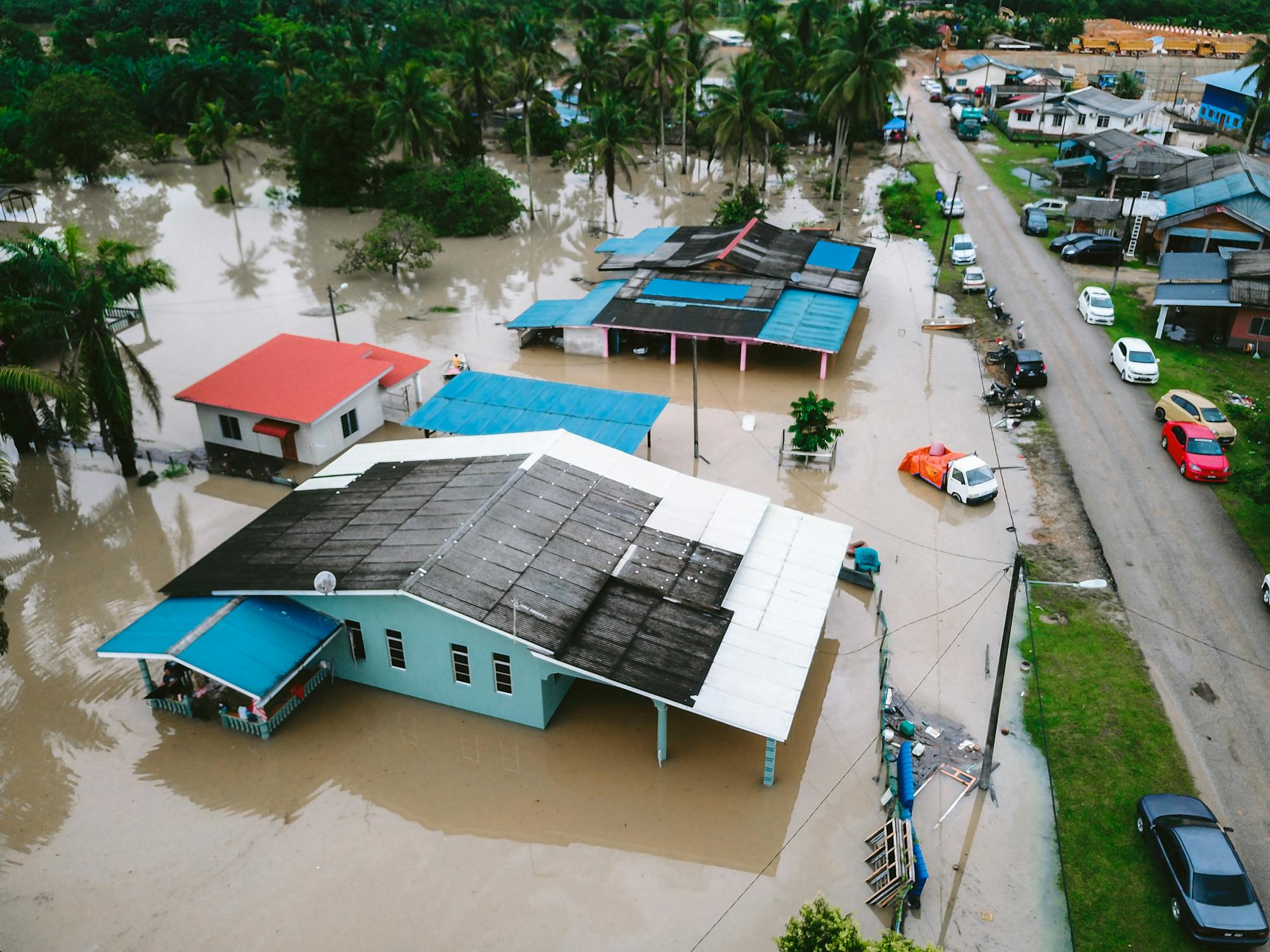
Source: Pok Rie/Pexels
In some neighborhoods, cars were seen floating as residents attempted to evacuate. According to Barr, some streets were overwhelmed by 3 to 4 feet of water, possibly even more.
A Dark Anniversary
This isn’t the first major flood that has occurred in the city of Juneau.

Source: @adndotcom/X
Almost exactly a year ago, flood waters caused a large amount of damage to homes as a result of a very similar glacial outburst. Juneau’s deputy City Manager, Robert Barr, remarked that the flood wasn’t as bad as last year’s waters.
Heightened Waters Are Raising Concerns
This year’s extreme flooding led to “a lot more water in the valley, on the streets, in people’s homes,” compared to the 2023 event.
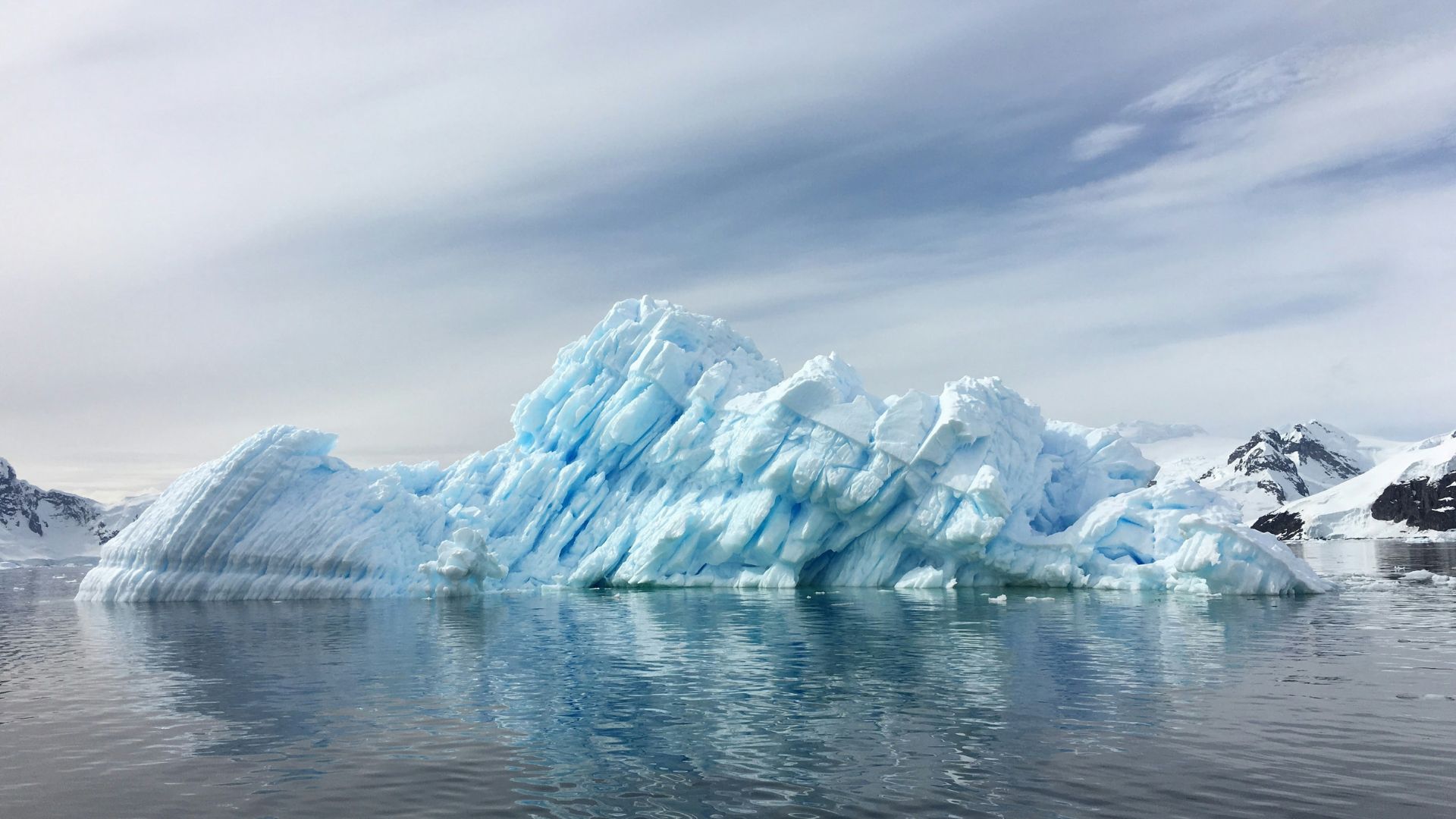
Source: Cassie Matias/Unsplash
Although the region has experienced periodic flooding for more than a decade as global temperatures have risen, Alaskan officials say that this year’s flood isn’t the worst that it’s ever been.
Global Warming Hits the Arctic Hard
Climate change has been drastically altering the ecosystems in Alaska. Climate change officials in the state say that, along with the rest of the Arctic, Alaska will experience the effects of global warming at twice the rate of the rest of the world.
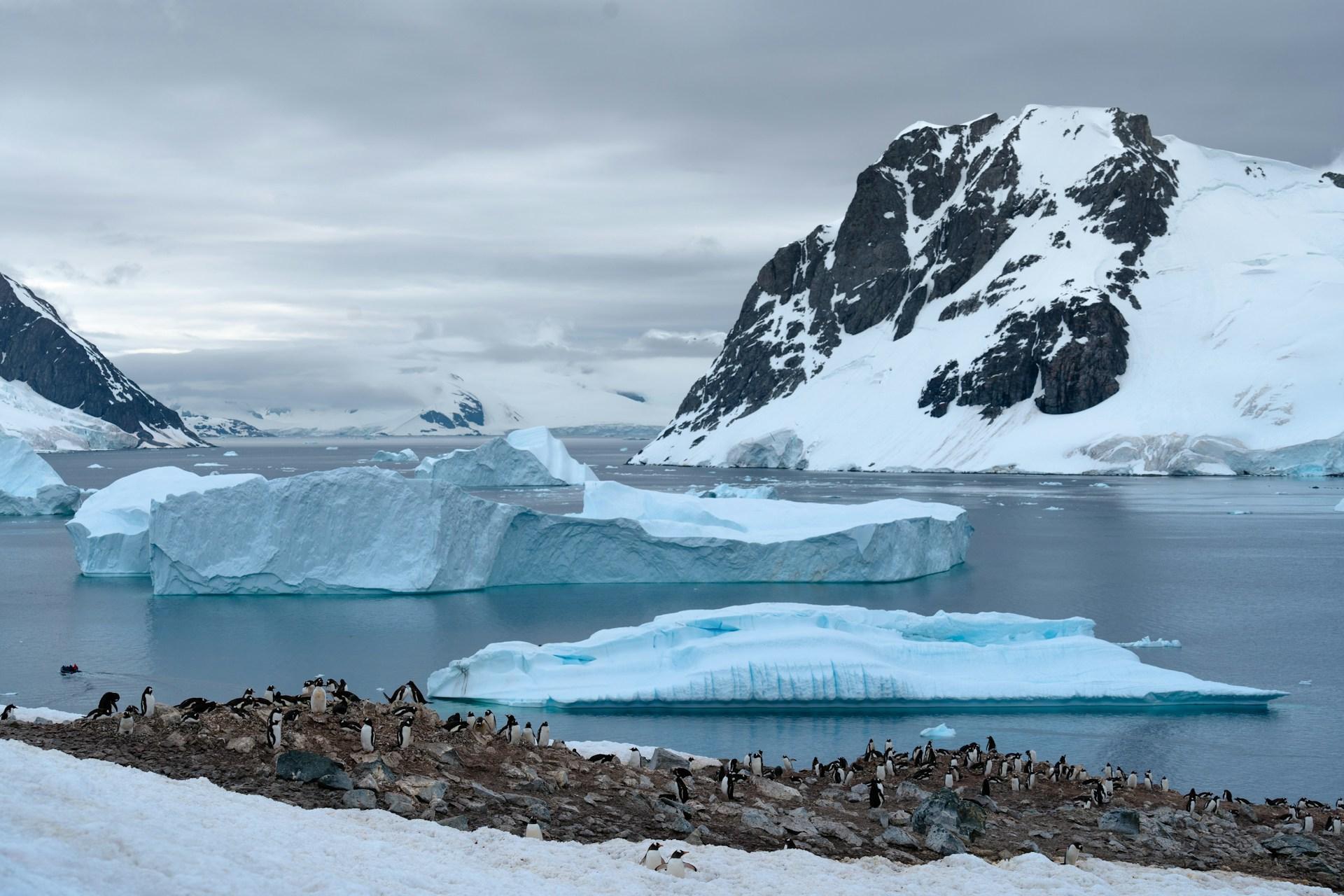
Source: James Eaders/Unsplash
The massive change in sea level hit residents in coastal communities hard. In the future, there climate-change-related refugees in flooding cities will become more common.
The Impact on the Icefield
Glacier melt in a major Alaskan icefield has accelerated and could reach a tipping point faster than anticipated, according to a scientific study published in the peer-reviewed British journal Nature Communications.
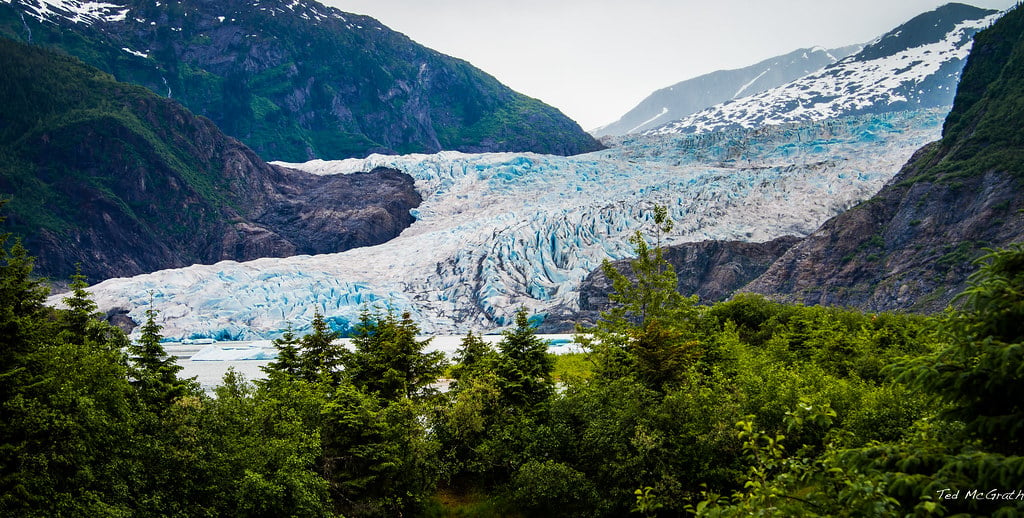
Source: Ted McGrath/Flickr
The state is home to the largest ice fields in the world. Their melting is a major contributor to sea-level rise, slowly putting some of the world’s coastal areas underwater.
Worrying Research
“It’s incredibly worrying that our research found a rapid acceleration since the early 21st century in the rate of glacier loss across the Juneau icefield,” study lead author Bethan Davies, a glaciologist in the United Kingdom’s Newcastle University, said in a statement.

Source: Freepik
Officials noted that the glacier outburst last year and the flooding was quicker than previous years.
The Risk of a Warming World
A 2021 report from the Intergovernmental Panel on Climate Change indicates that the continuing increase in global temperatures is heightening the risk of glacier lake outburst floods.
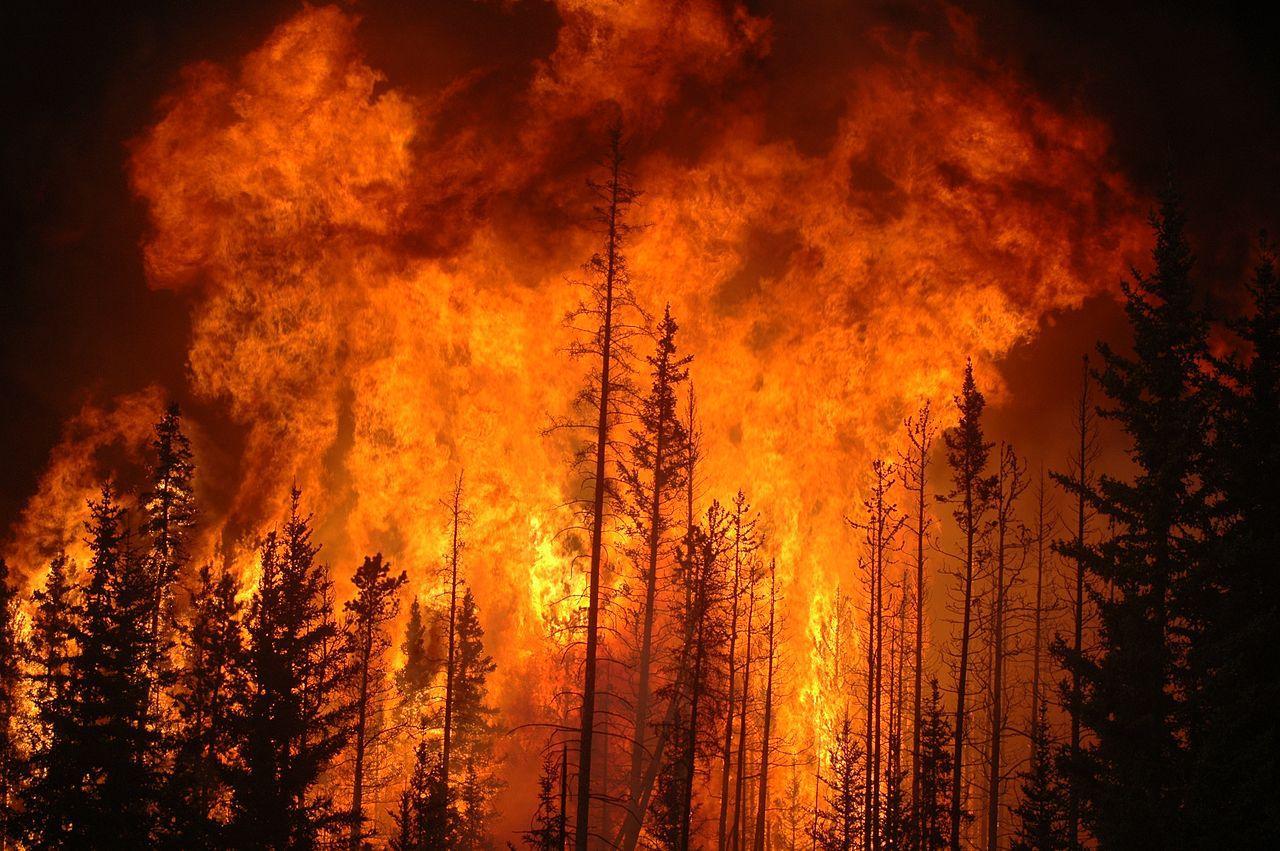
Source: Wikimedia
This underscores the significant effects of climate change on glacial systems and the growing occurrence of extreme weather events.
Destabilizing Glacier Lakes
Since 2011, glacier outbursts have surged. According to the National Oceanic and Atmospheric Administration, the Arctic, including Alaska, is experiencing warming at twice the global average rate due to fossil fuel emissions.
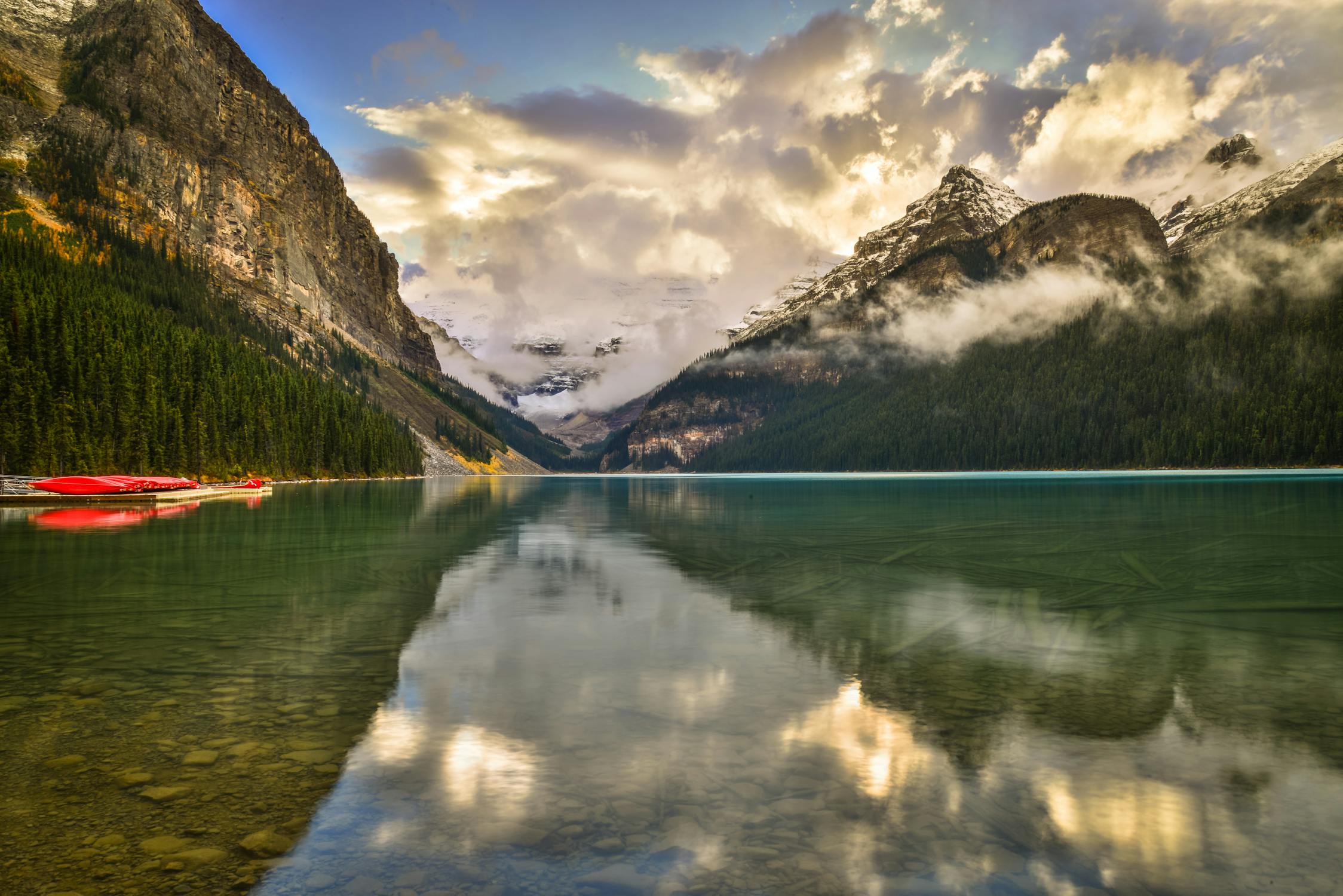
Source: Nunzio Guerrera/Pexels
The warming temperatures are causing glaciers to thin and melt more rapidly, destabilizing glacier lakes.
Rising Sea Levels
Melting glaciers contribute to rising sea levels, which leads to increased coastal erosion and higher storm surges, as warming air and ocean temperatures result in more frequent and intense coastal storms, such as hurricanes and typhoons.
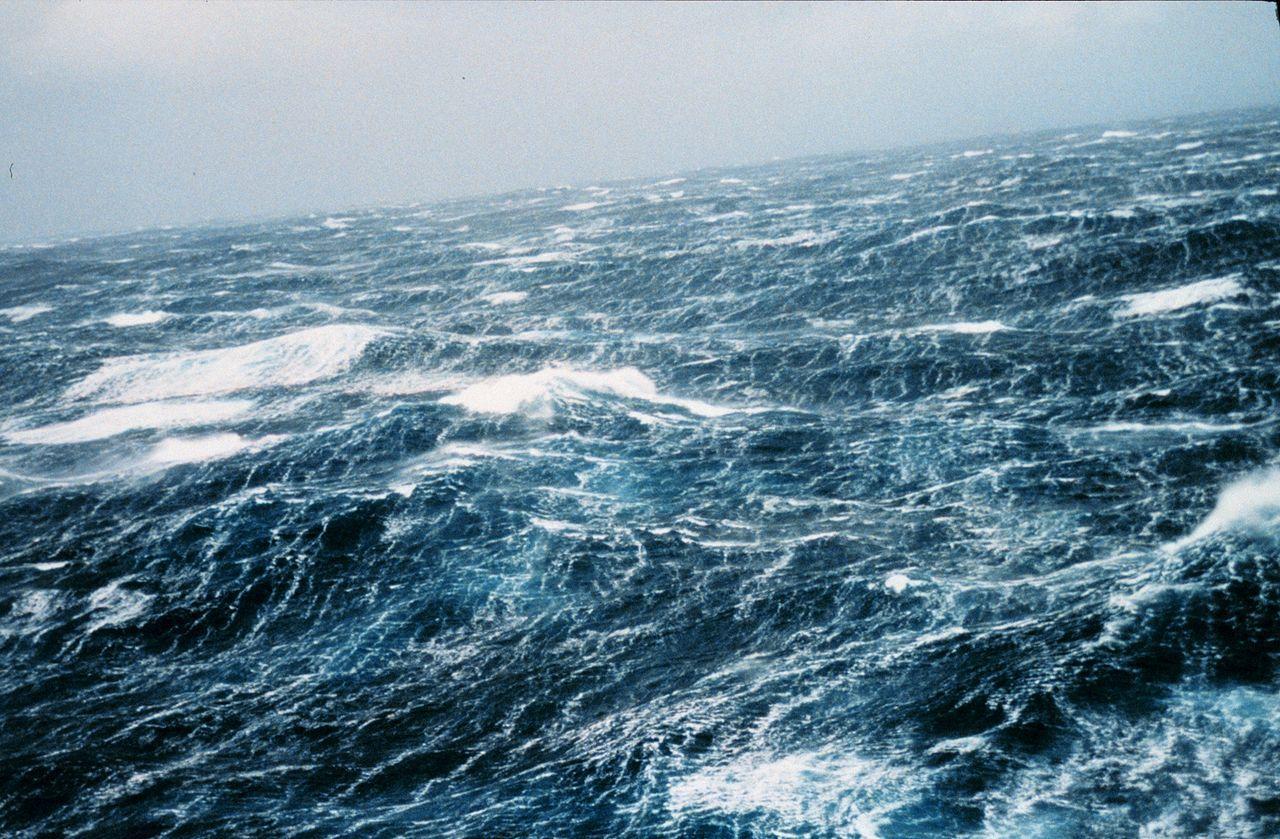
Source: Wikimedia
The Greenland and Antarctic ice sheets are the primary contributors to global sea level rise. Currently, the Greenland ice sheet is melting four times faster than it was in 2003 and accounts for 20% of the present sea level rise.
The Rapid Glacial Melting
According to the World Wildlife Foundation, rapid glacial melting in Antarctica and Greenland is also influencing ocean currents.
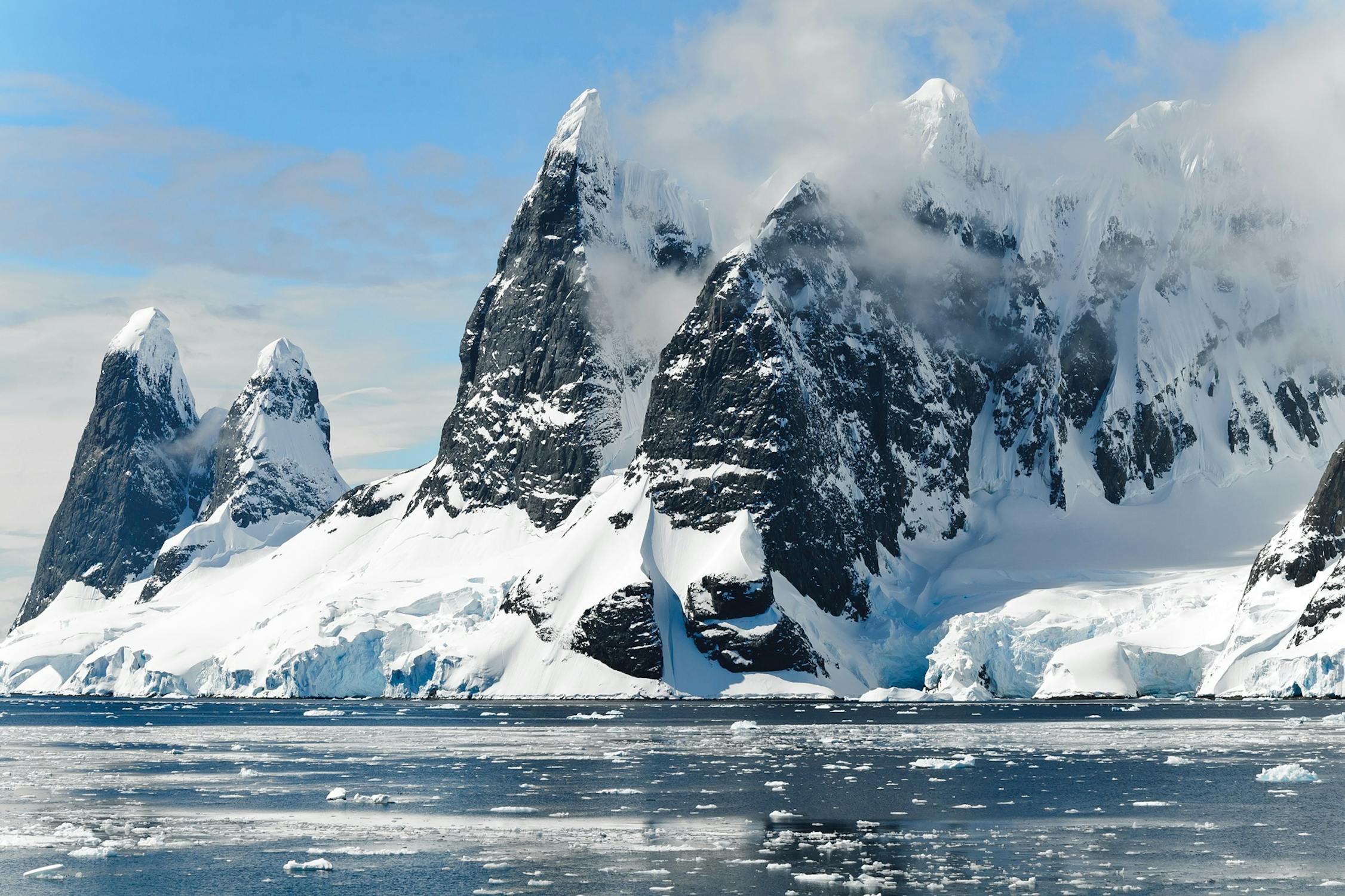
Source: Pixabay/Pexels
Massive amounts of very cold glacial melt water entering warmer ocean waters is slowing ocean currents.
Fossil Fuels Are To Blame
Pollution caused by fossil fuels are one of the biggest causes of warming in the atmosphere.

Source: rorozoa, Freepik
The additional smoke, smog, and pollution have slowly increased the global temperature over the years. However, in the past decade, the rise has become rapid and exponential. Although experts have attempted to come up with ways to cool the climate, humans continuously use more energy year after year; the only real way to reduce climate change is to reduce the amount of fossil fuels being burned.
Locals Describe the Event
Locals in the area say that the flooding has caused vehicles began to float as the water created waist-deep standing water in some neighborhoods.
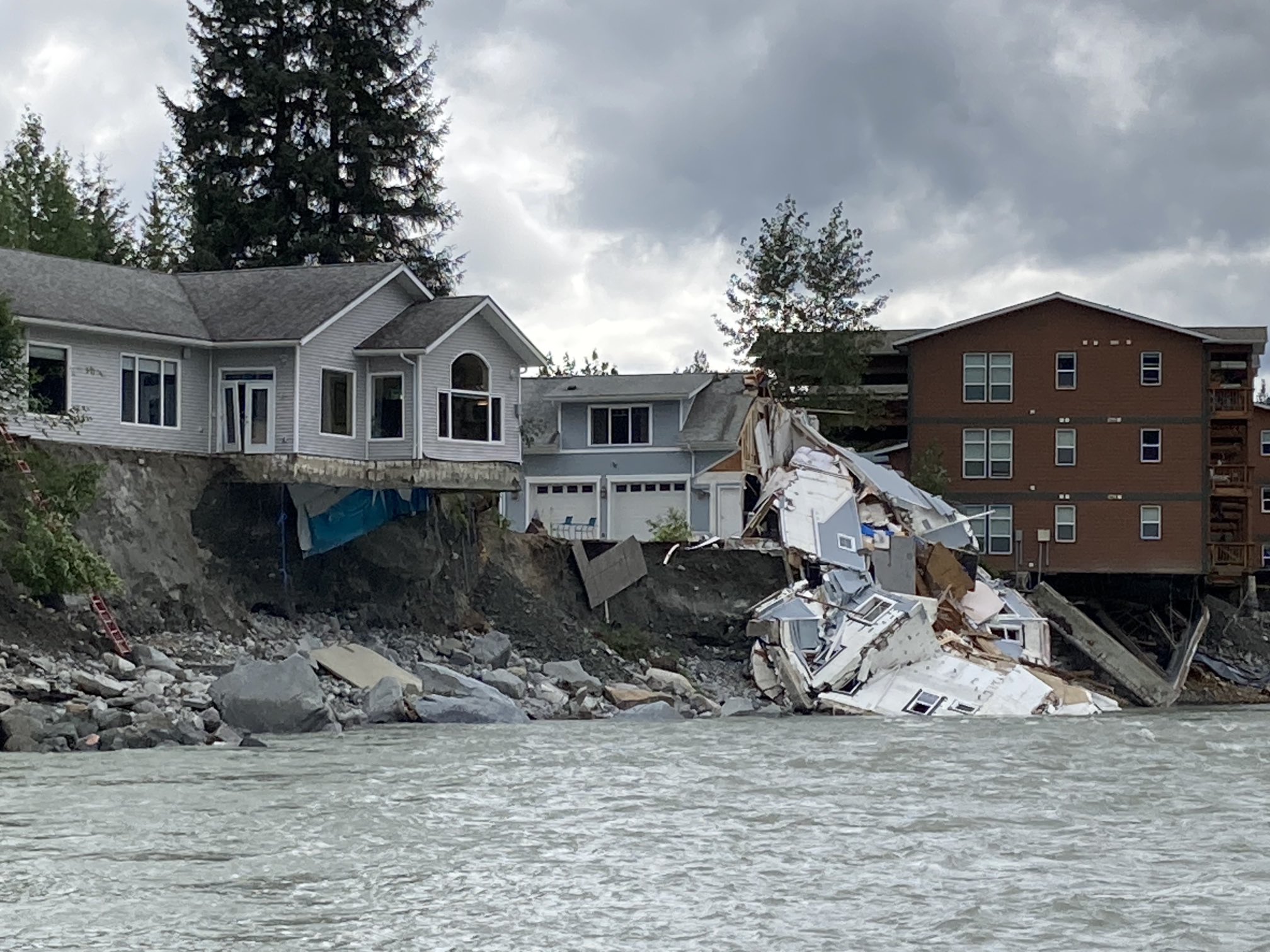
Source: @RepSaraHannan/X
The excess water from the Mendenhall River reached nearly sixteen feet, a new record for the area.
First Responders Praised by the Governor
Gov. Mike Dunleavy of Alaska said that he was incredibly happy with the response from emergency workers.
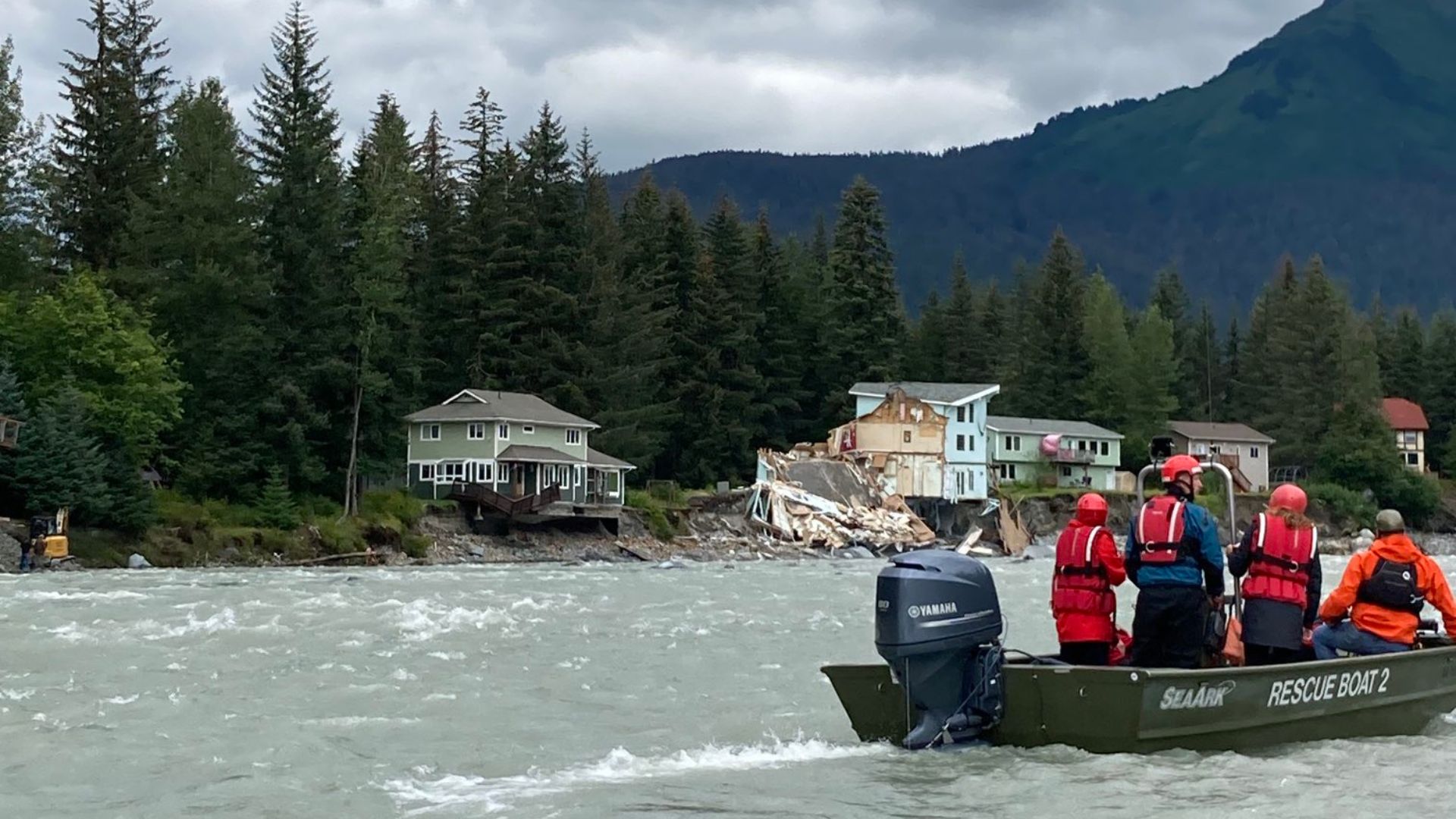
Source: @RepSaraHannan/X
Dunleavy posted a series of photos showing the damage done by the floods as he spent some time with the victims. “Today I surveyed the aftermath of the Juneau glacier flood,” Dunleavy wrote. “The damage is significant and affecting hundreds of Alaskans. I’m grateful that there were no deaths or severe injuries reported.”
Billions of Gallons of Water Released
Scientists in the area say that more than 14 billion gallons of water were released from the water basin.
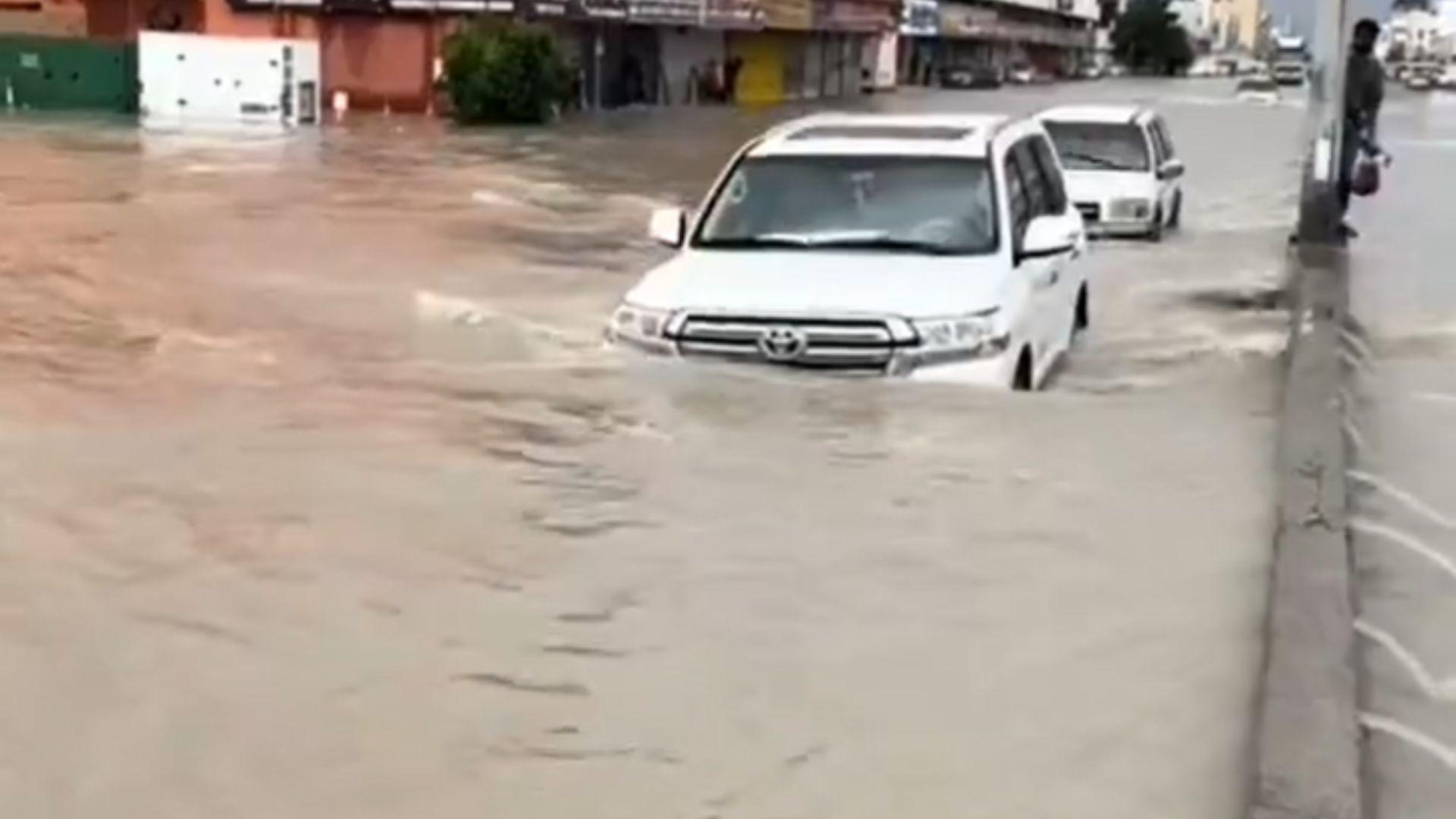
Source: @chude__/X
In the past year, the amount of water in the basin has risen significantly compared to when the glacial outbursts first began in 2011.
How to Stop Future Flooding
Experts are working on a way to predict the flooding events in the future. Technology and historical data can be used to forecast the rise in basin water levels.

Source: Freepik
Climate change has had a constant effect on glacial systems, making it hard to estimate the changes from year to year.
State of Emergency in Alaska
Due to the flooding and the number of people displaced from their homes, the Governor of Alaska called for a state of emergency following the devastation.
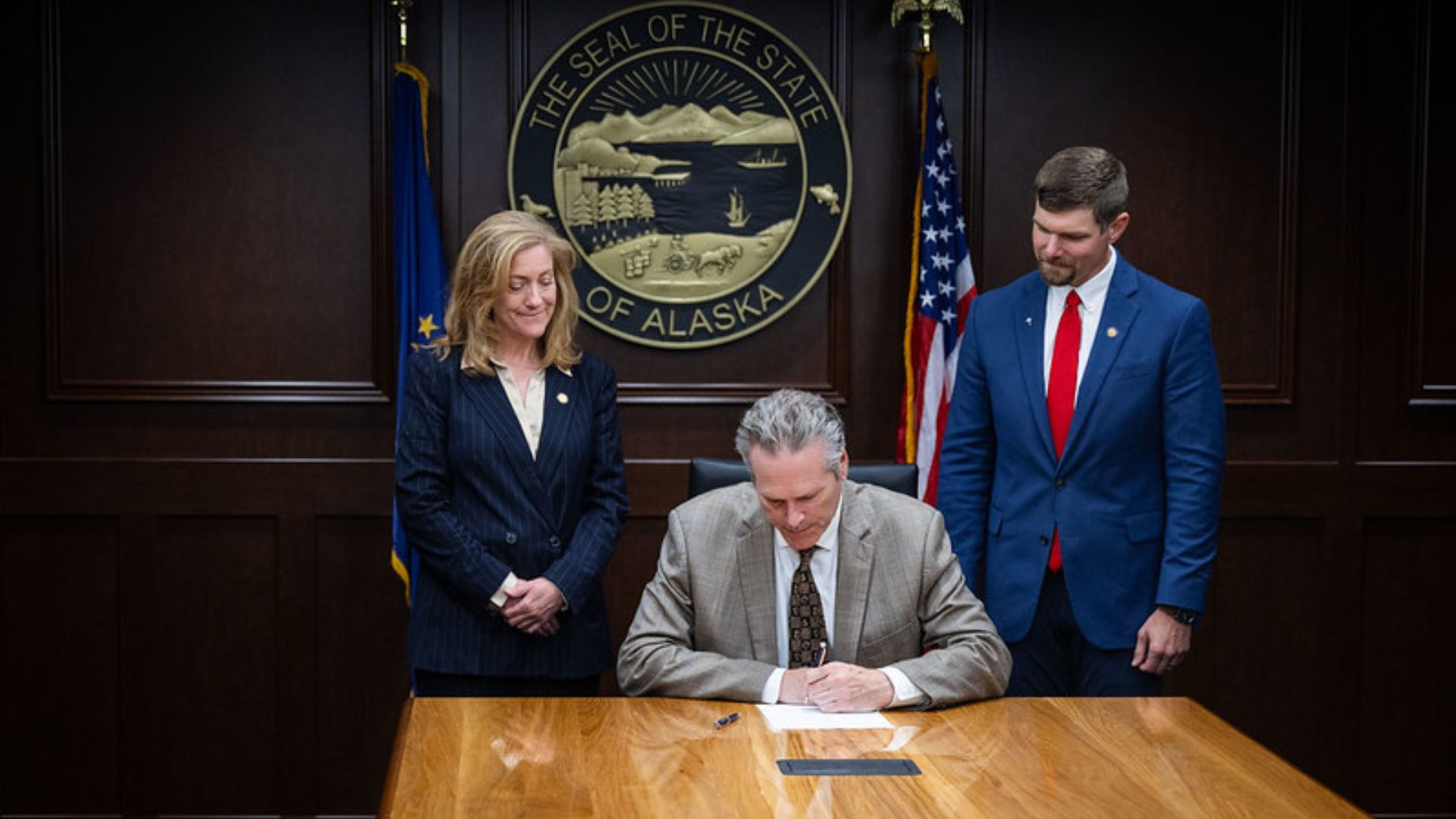
Source: @GovDunleavy/X
Gov. Dunleavy noted that he wanted to ensure needed resources were sent immediately so that recovery could begin right away.
A Disaster Declaration
“I am grateful no one has been injured or killed by this morning’s outburst flood. Emergency responders and managers have done an outstanding job keeping their residents safe,” Dunleavy said.
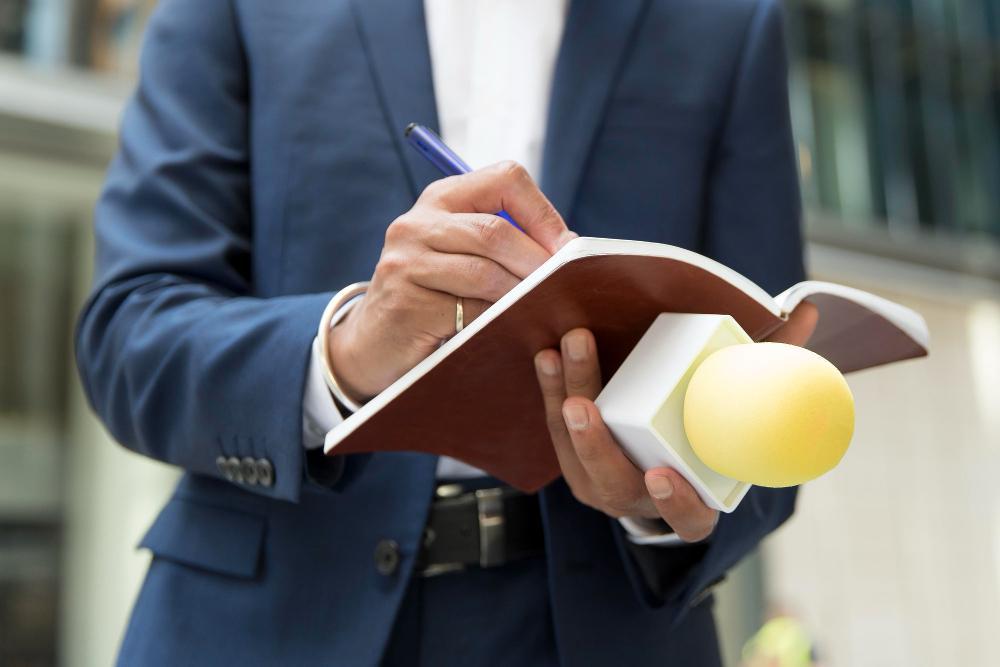
Source: Wikimedia
“In addition to the Disaster Declaration, I have directed all state agencies to support the community as they deal with this major flooding.”
